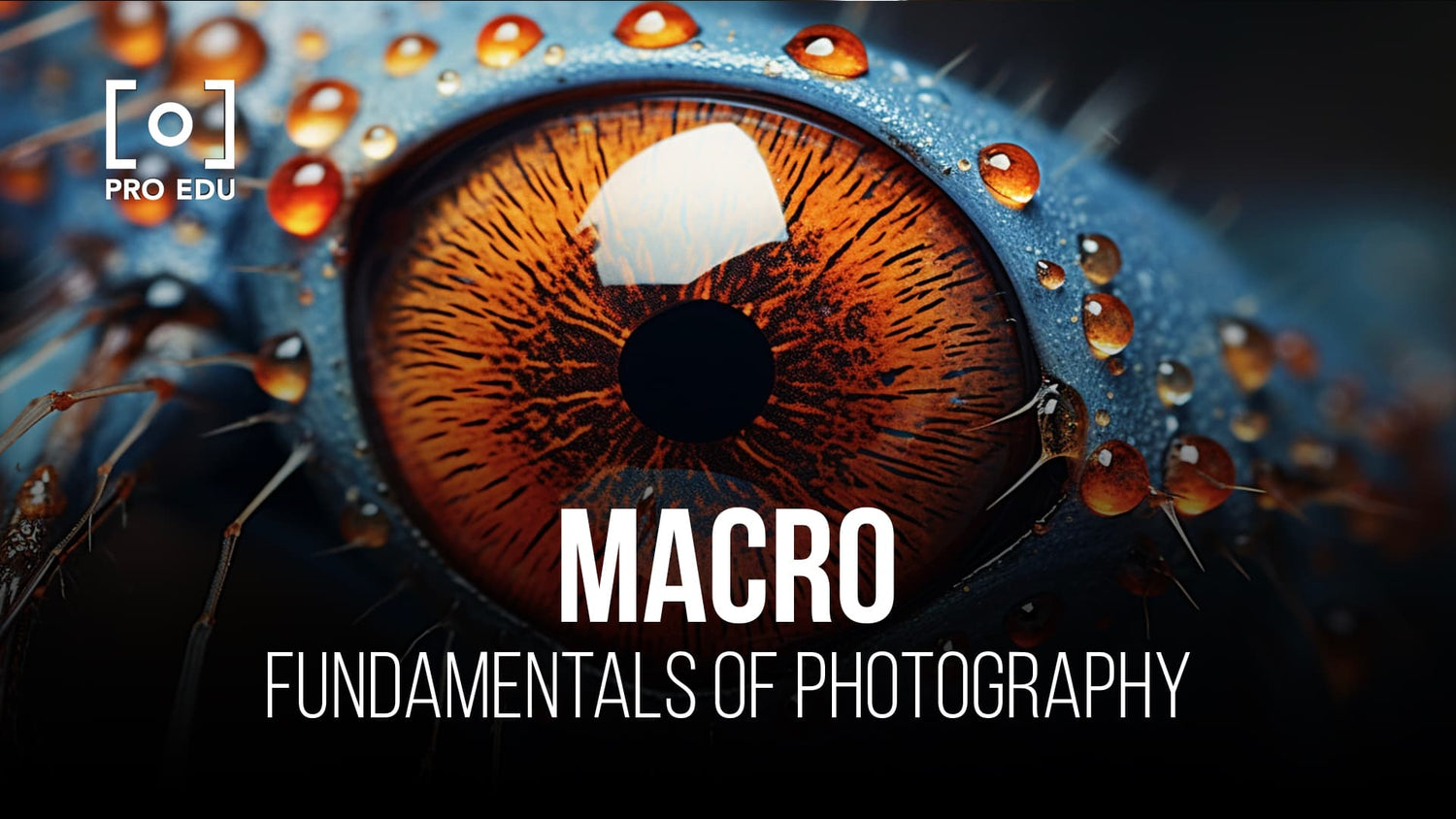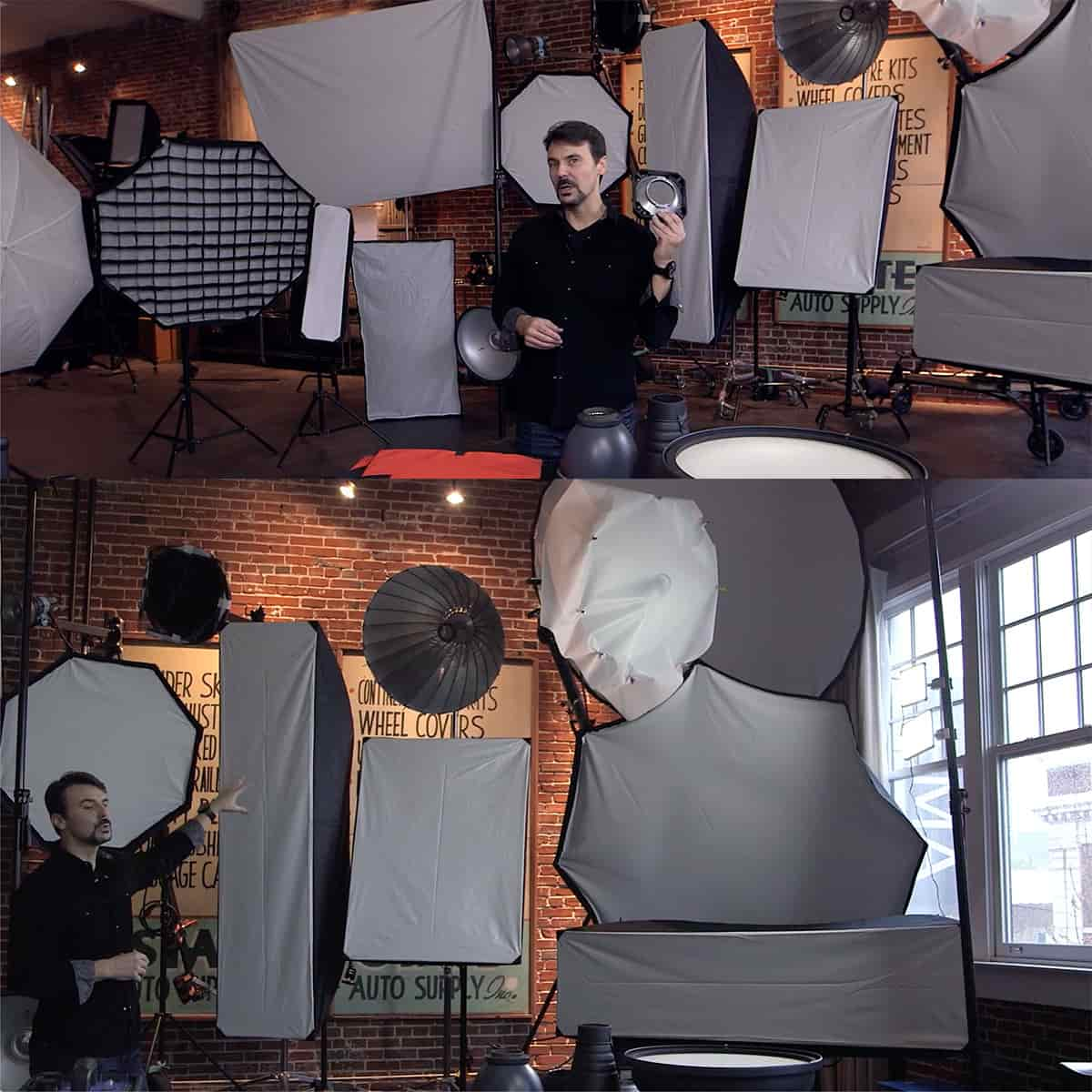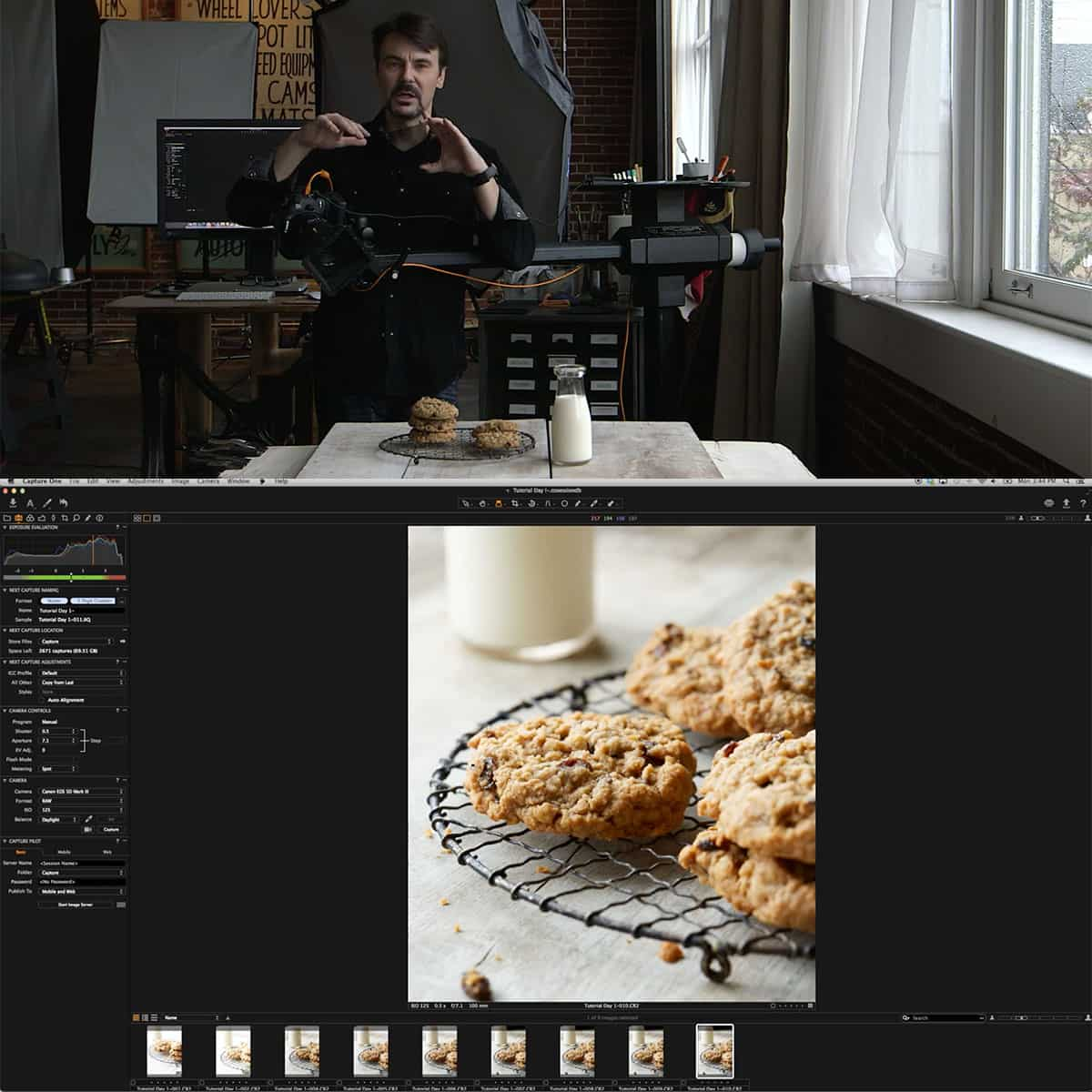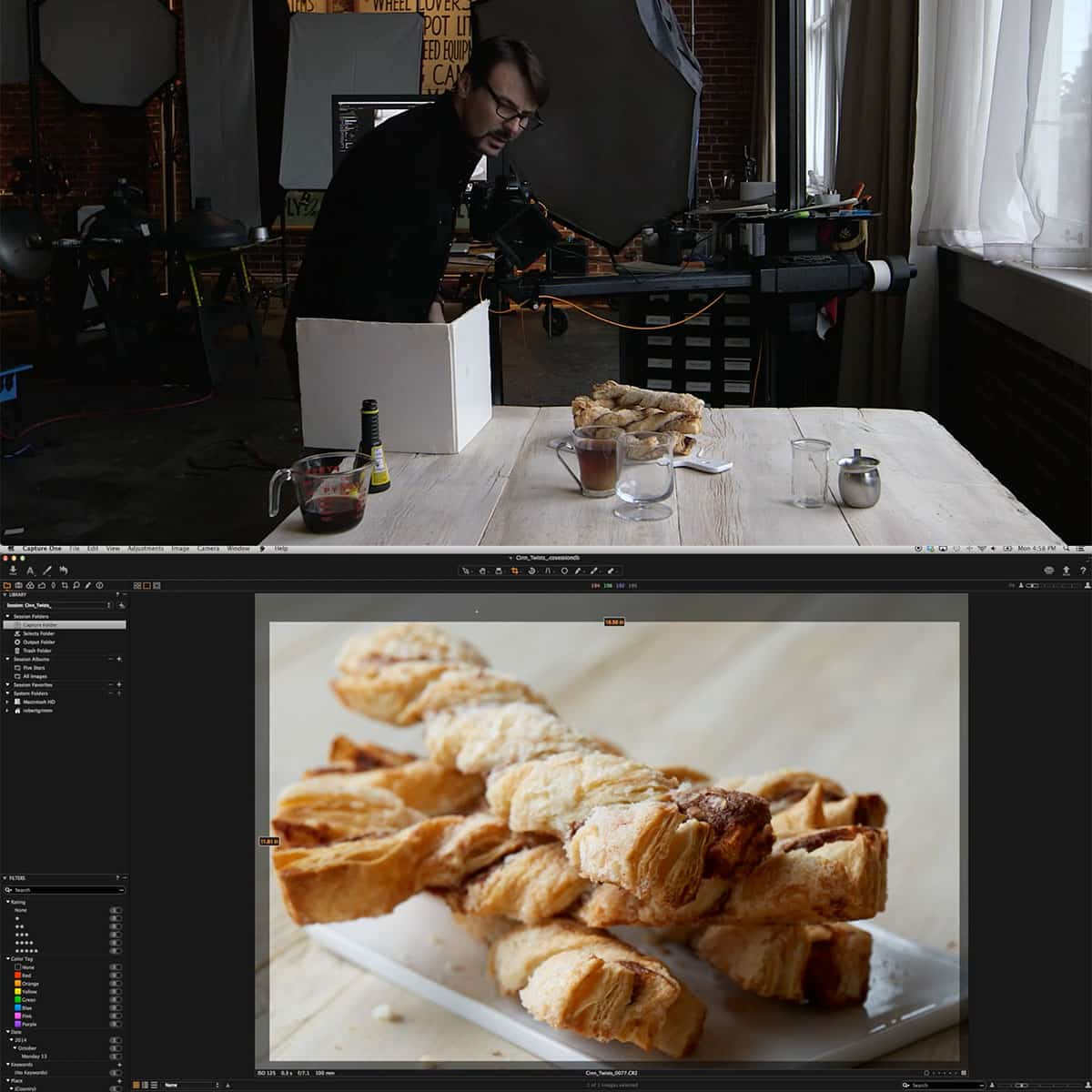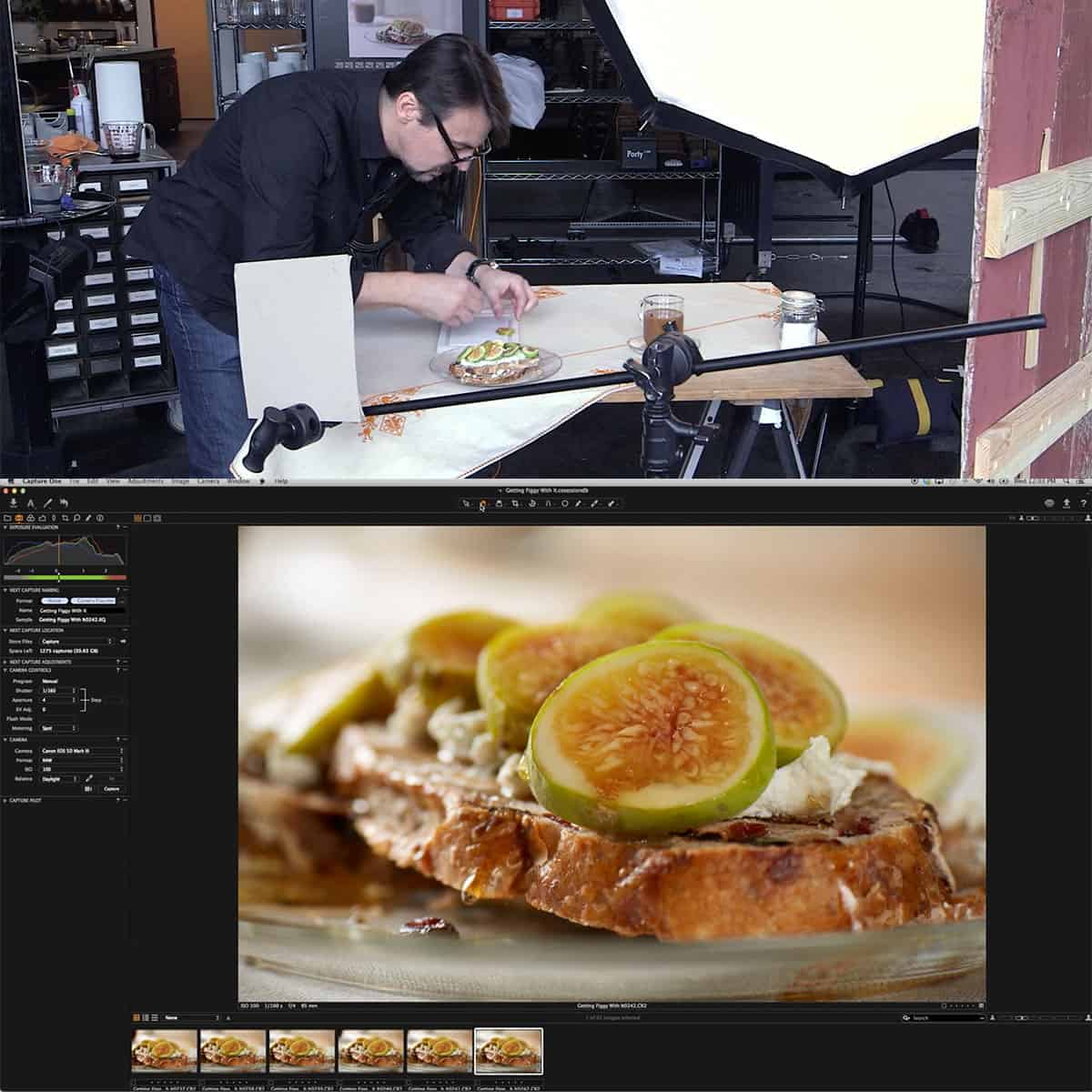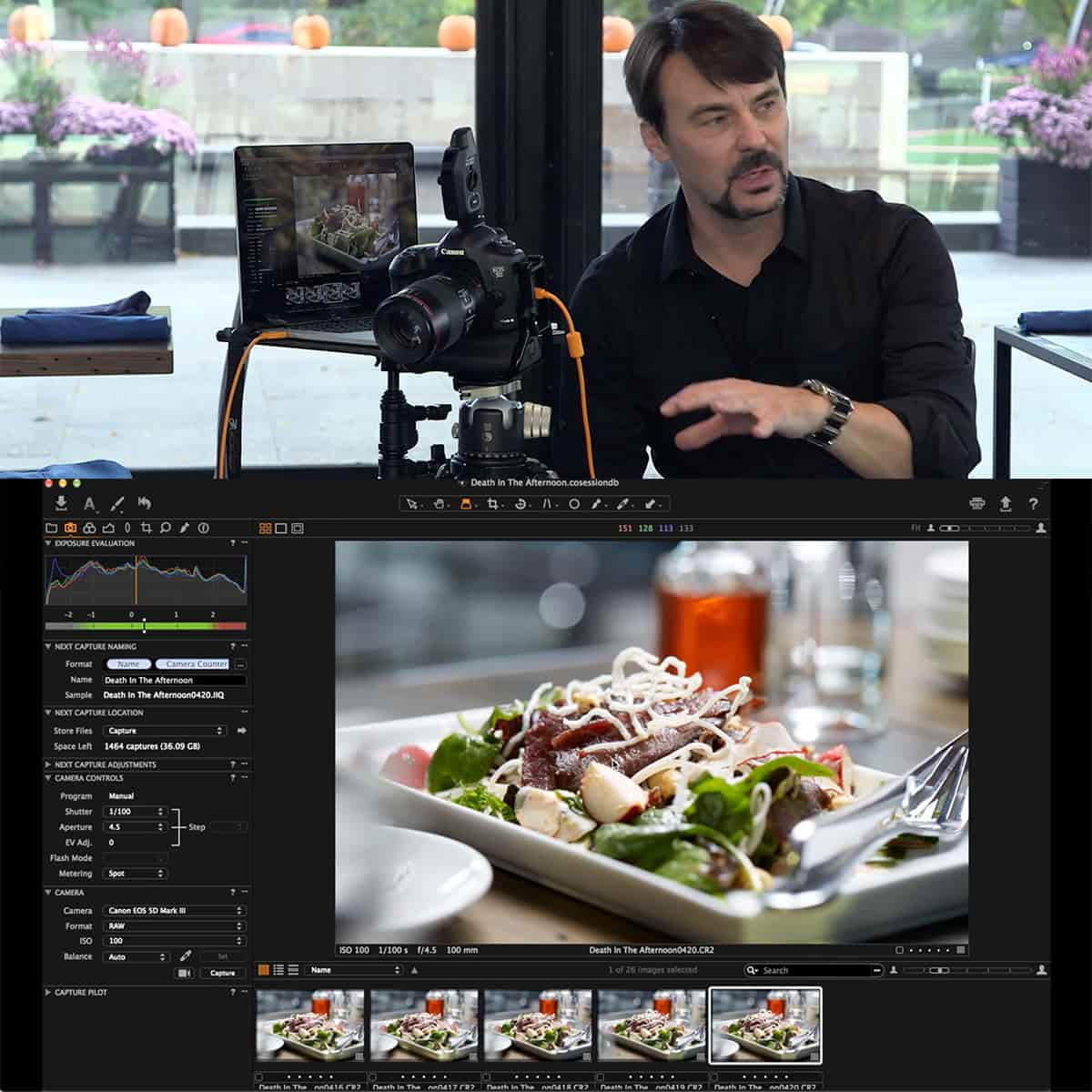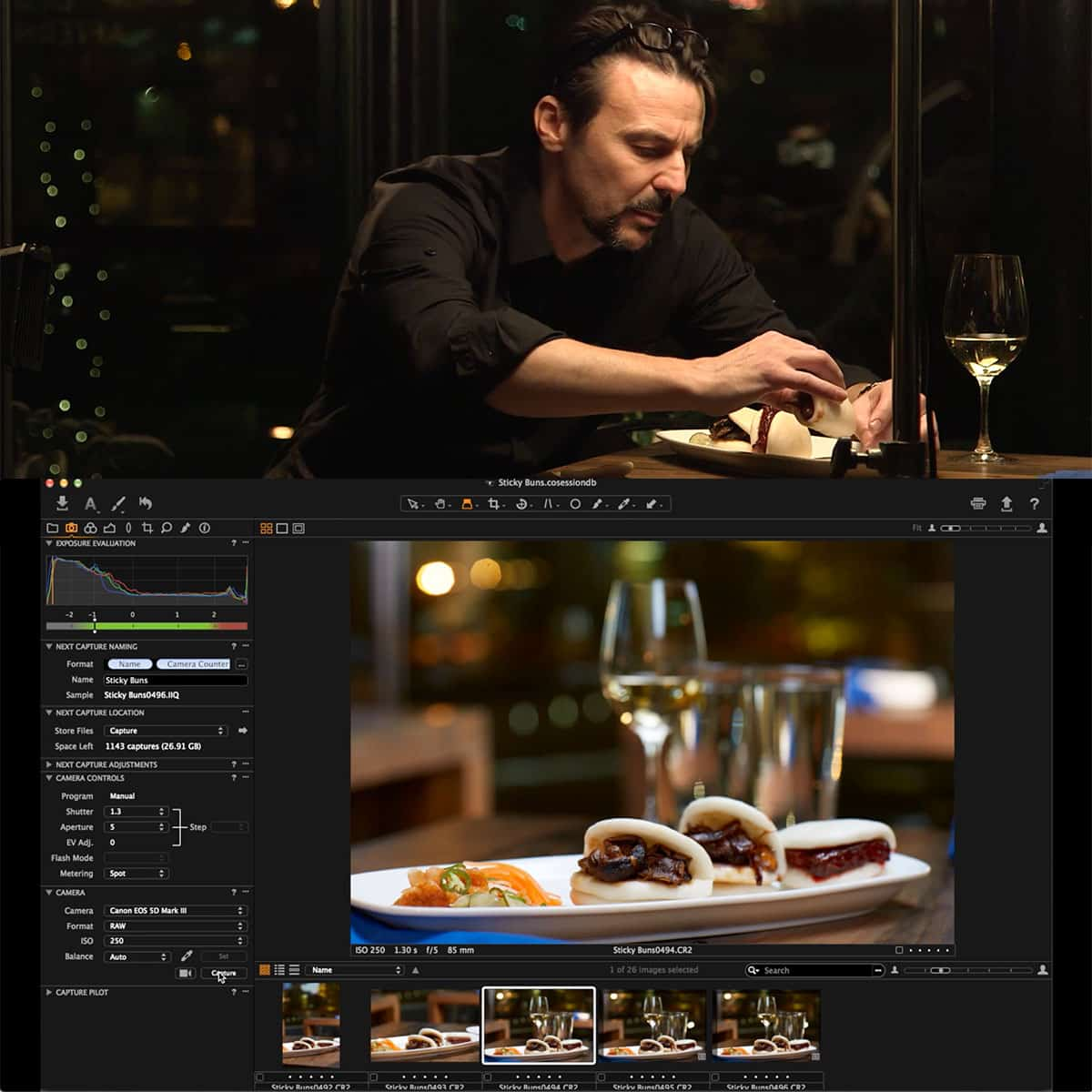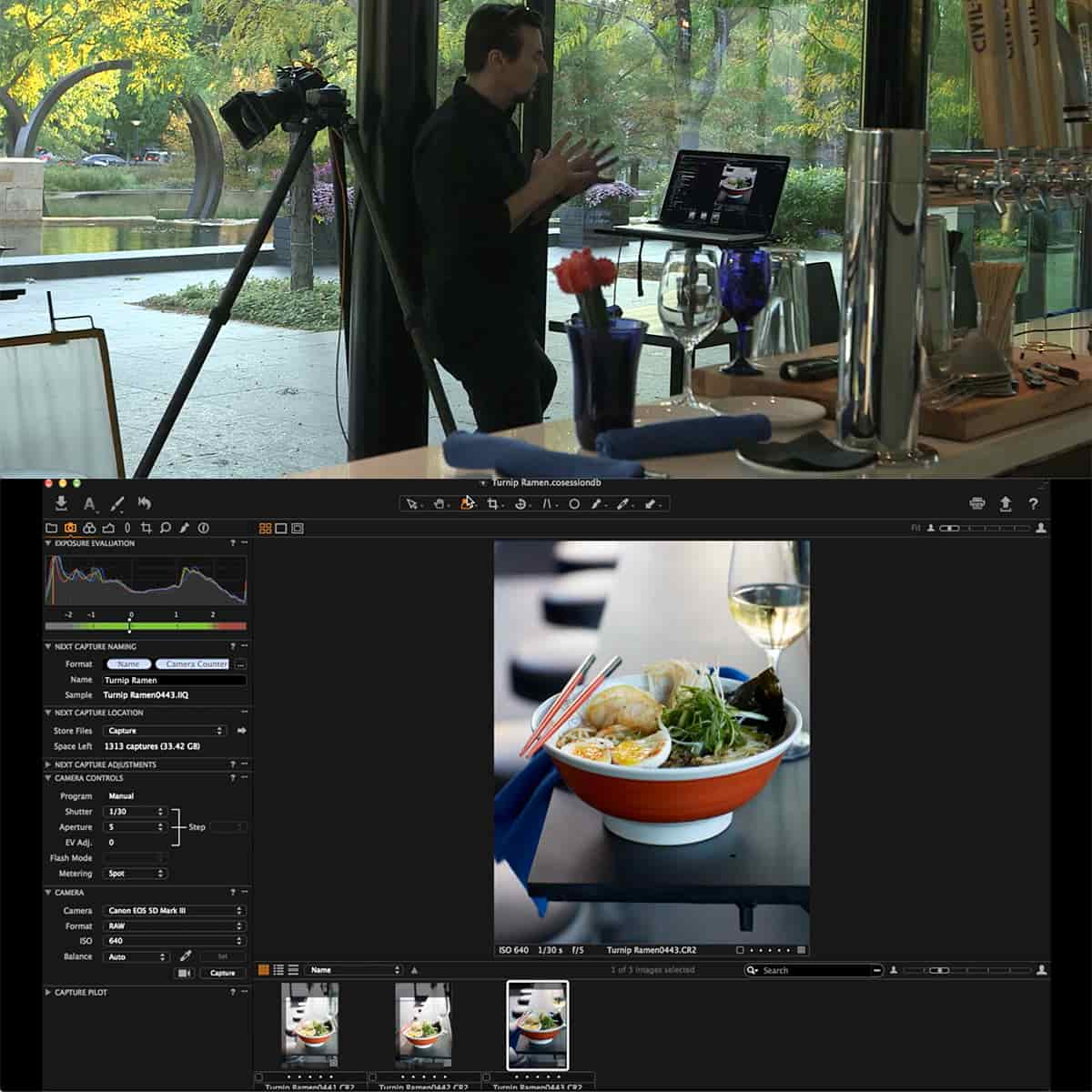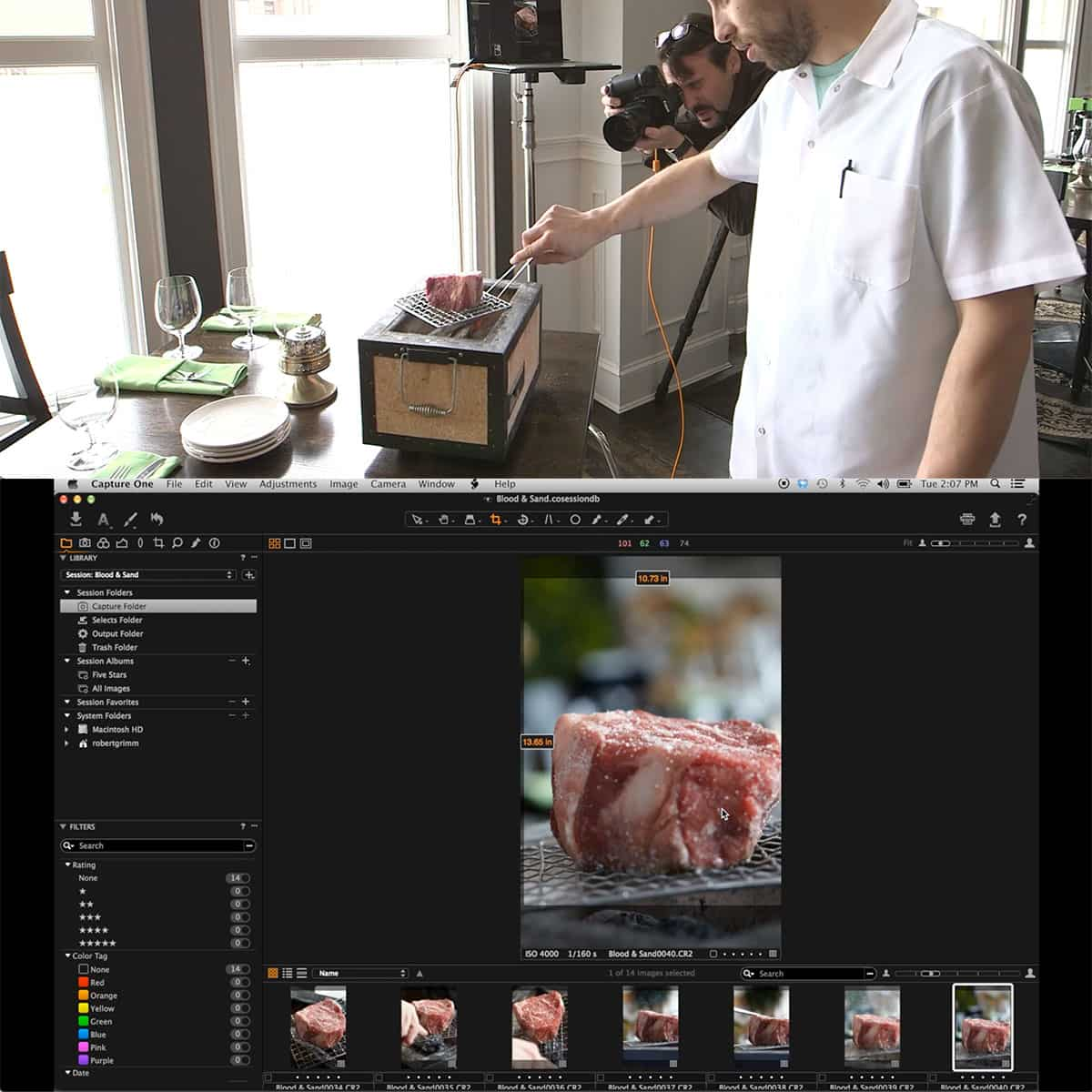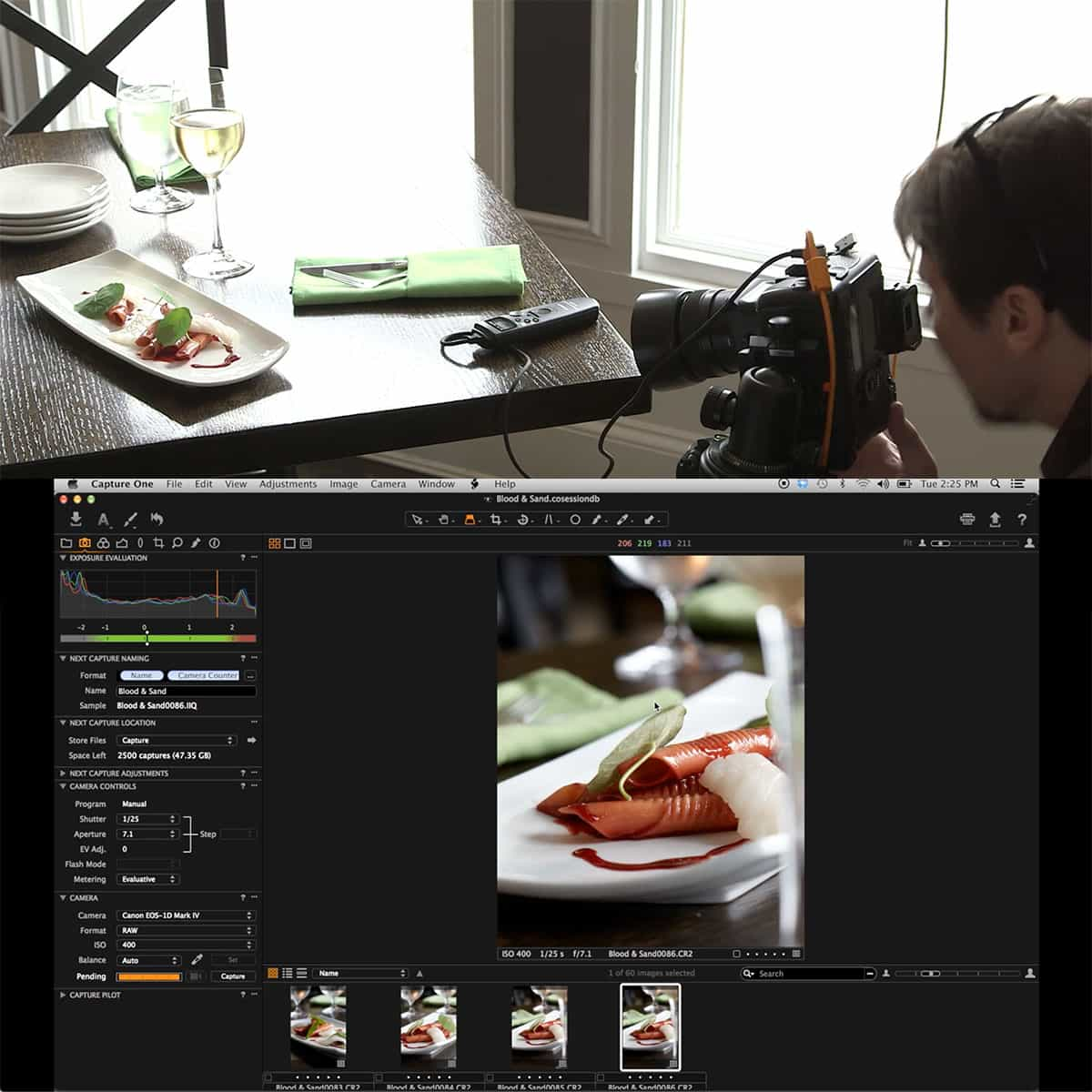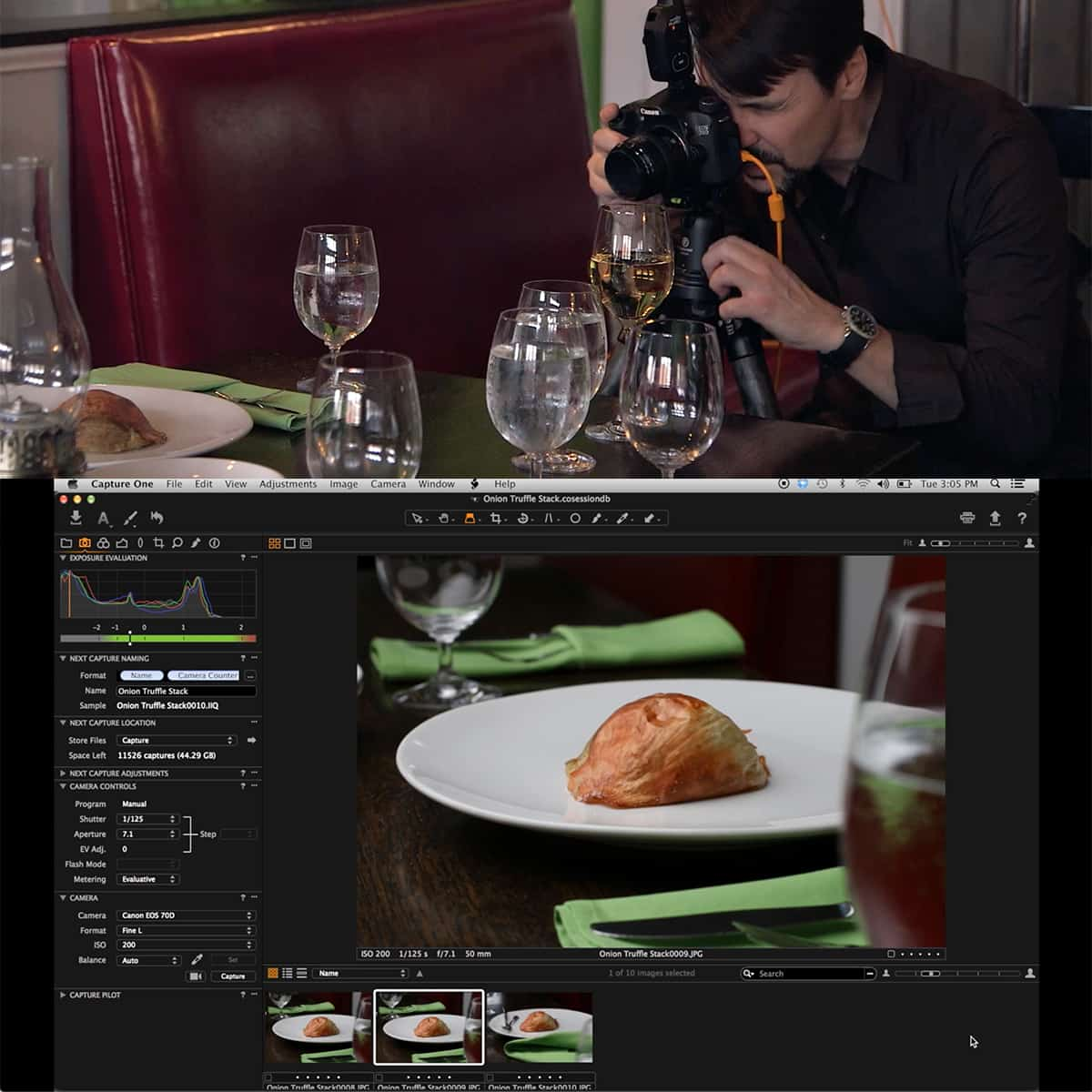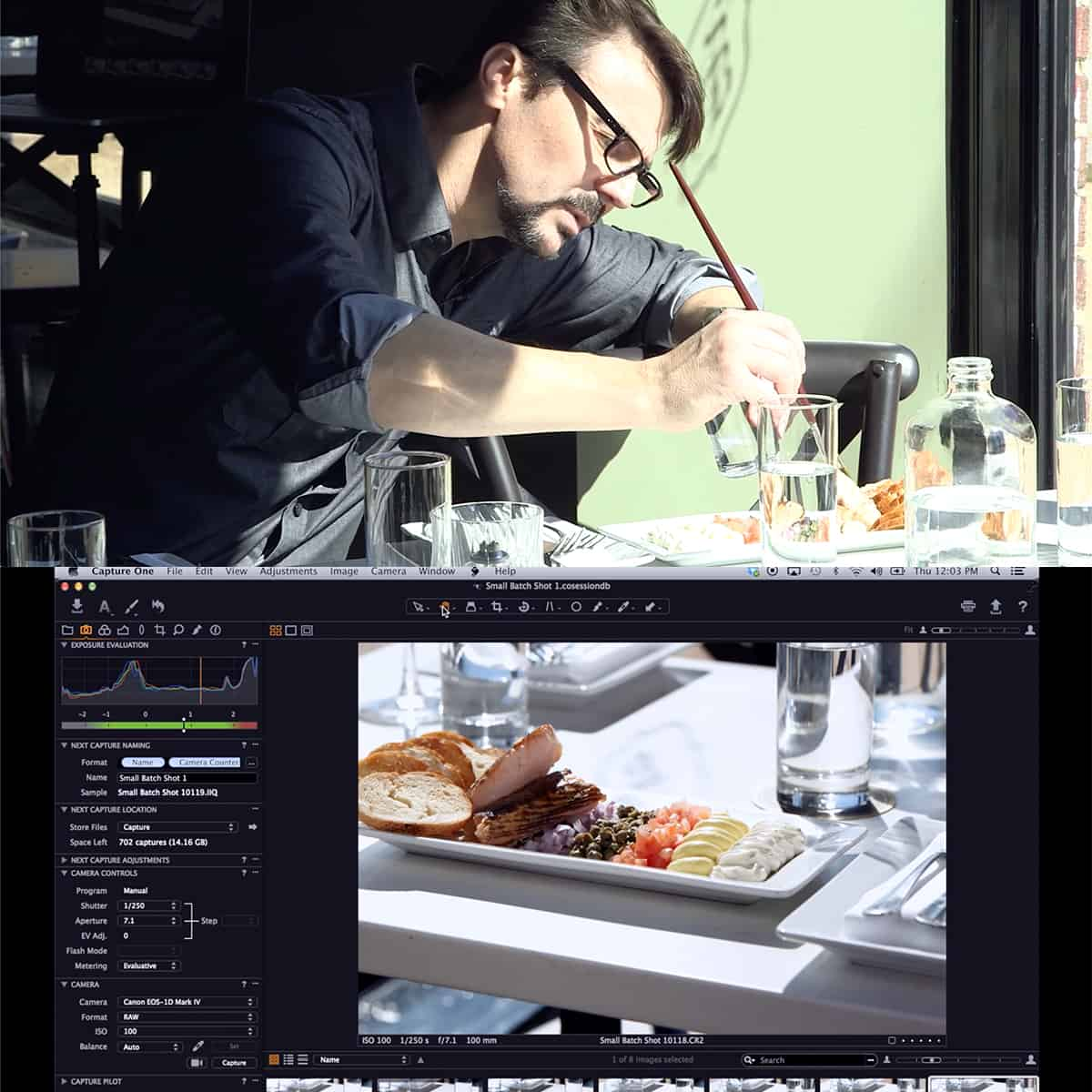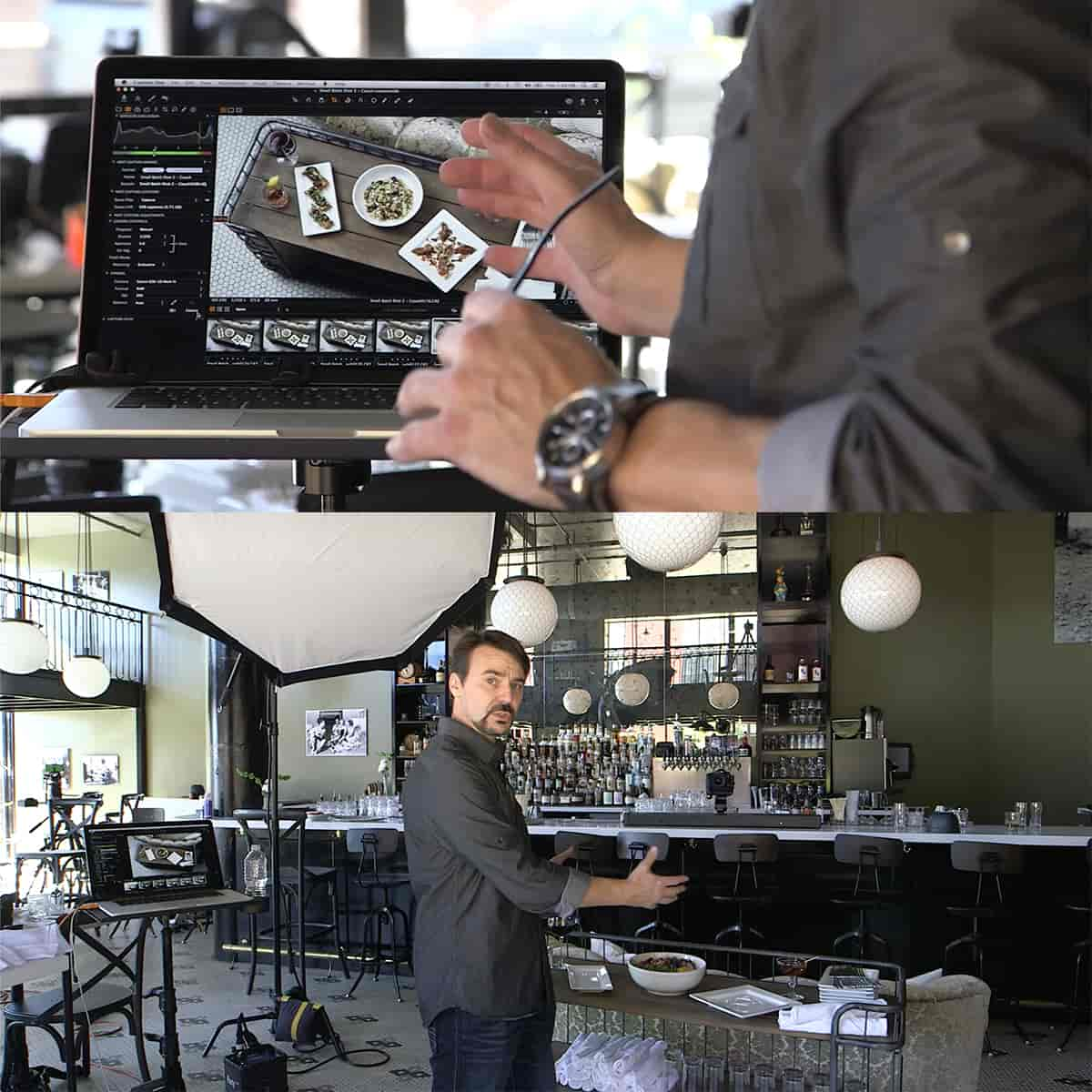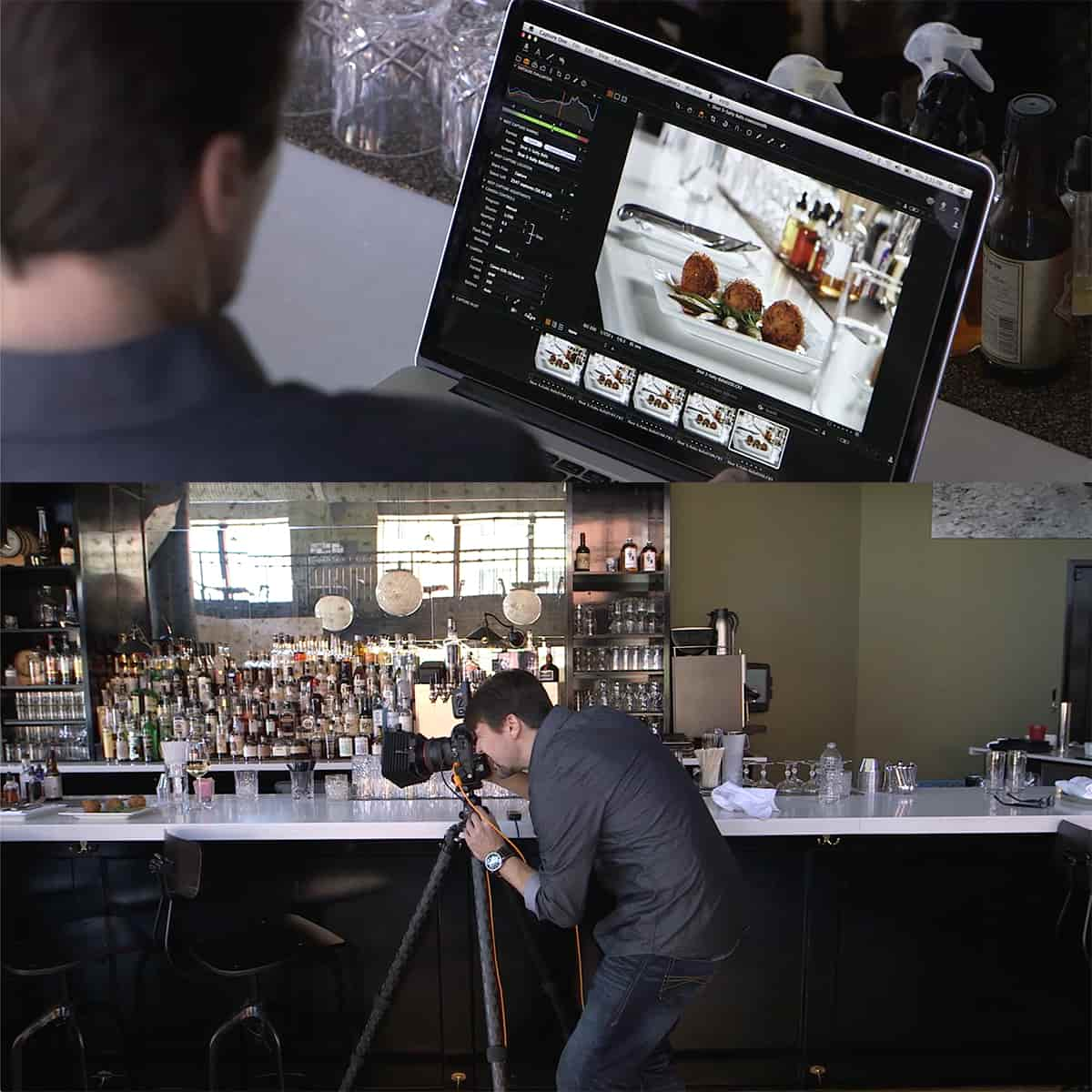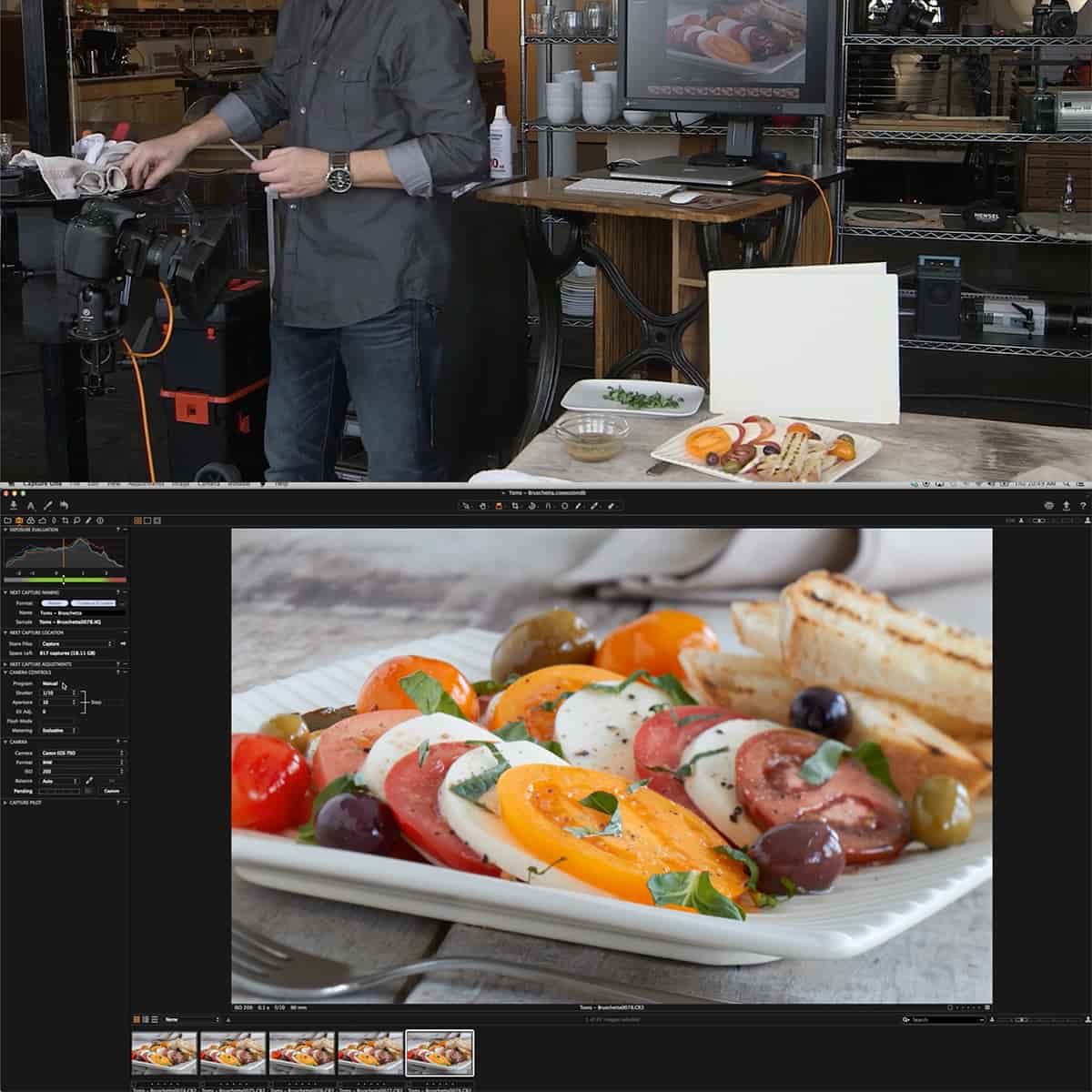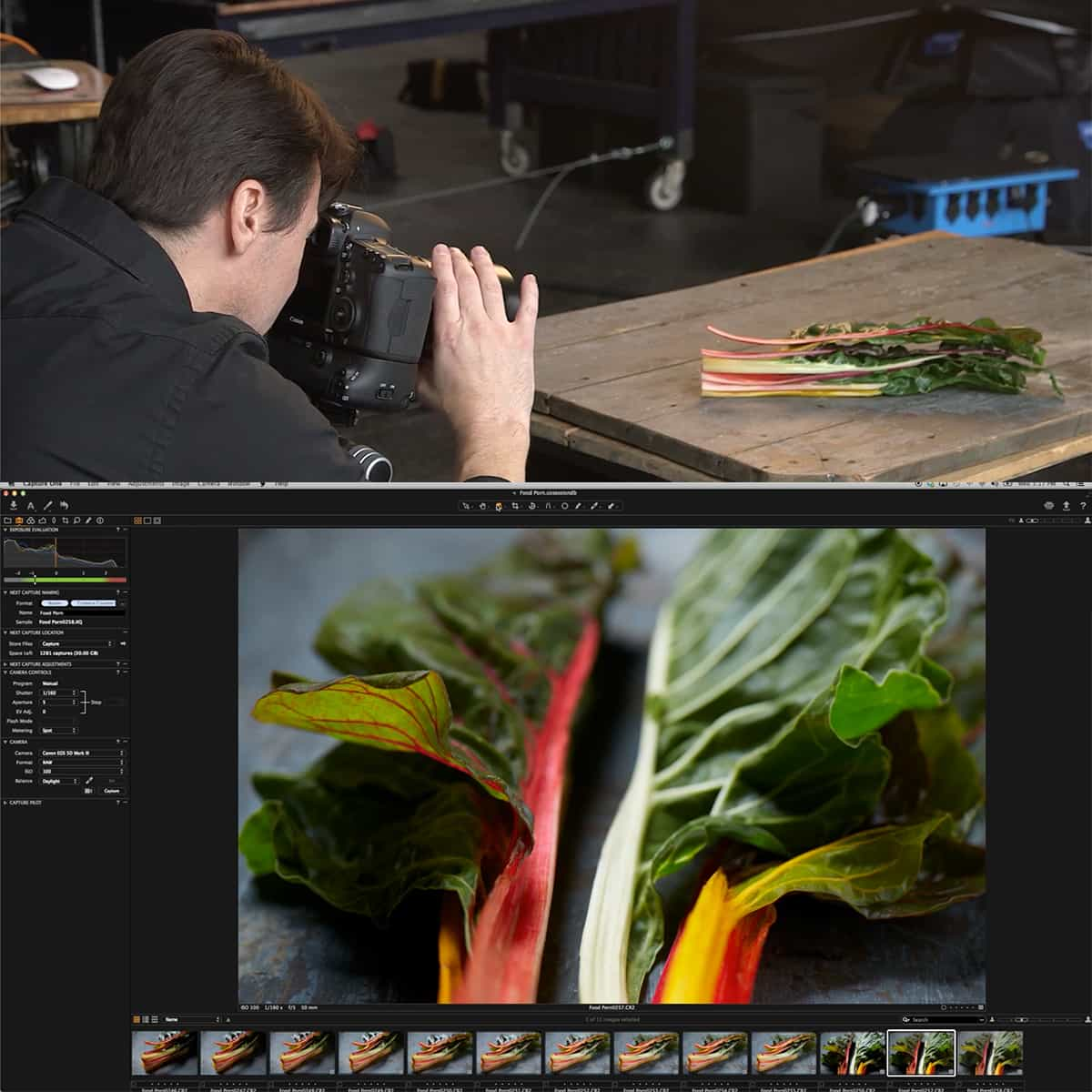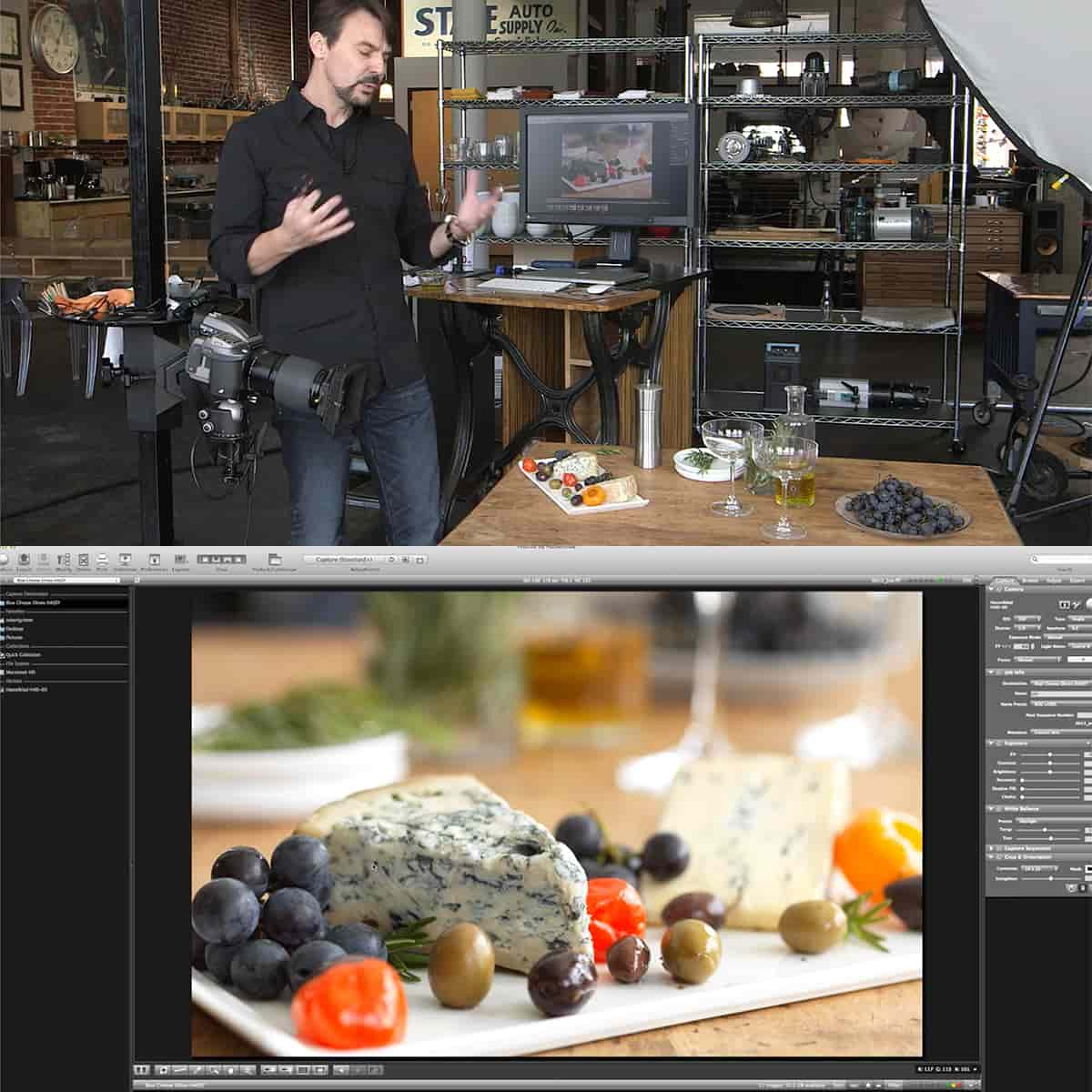Macro Photography: A Closer Look at the World's Hidden Details
Macro photography is a captivating art form that allows us to explore the hidden details of the world around us. Through the use of specialized techniques and equipment, photographers are able to magnify small subjects and reveal their intricate beauty. By mastering the skills of macro photography, we can shed light on the fascinating aspects of the natural world that often go unnoticed.
The practice of macro photography not only inspires creativity, but also challenges photographers to develop a keen eye for detail and composition. Capturing crisp, captivating images requires a combination of technical know-how, patience, and a deep appreciation for the unique qualities of each subject. With practice and dedication, we can all learn to unveil the mesmerizing complexities present within even the smallest elements of our environment.
Key Takeaways
- Macro photography involves magnifying small subjects to reveal intricate details and beauty.
- Mastering this art form requires specialized techniques, equipment, and a keen eye for detail.
- Through practice and dedication, we can capture captivating images of the hidden wonders in the world around us.
Macro Photography Techniques
Focusing Techniques
In macro photography, achieving optimal focus is crucial for capturing intricate details in our subjects. One of the most effective ways to do this is by using focus stacking, which combines multiple images taken at different focus distances. This allows us to create a wider depth of field, overcoming the challenge of having a shallow depth of field due to the close range and long focal lengths that are often required.
Using Lighting
Lighting plays a significant role in macro photography, and can greatly impact the appearance and mood of our images. We can use natural light or artificial light sources, depending on our subject and the desired effect. When using a flash, it is essential to diffuse it to avoid harsh shadows and overexposure. It is also worth experimenting with different light angles to create varying textures and highlights on our subjects.
Mastering Depth of Field
A shallow depth of field can occur when photographing macro subjects due to the close range and long focal lengths. To increase depth of field, we can use a smaller aperture (higher f-stop number). However, this may reduce the amount of light entering the camera, so it’s important to balance our camera settings accordingly.
Understanding Aperture
Aperture plays a key role in macro photography, as it affects both the depth of field and the amount of light entering our camera. Smaller apertures (higher f-stop numbers) result in greater depth of field and less light, while larger apertures (lower f-stop numbers) lead to a shallower depth of field and more light. Experimenting with different aperture settings is crucial to achieving the desired balance between depth of field and exposure in our images.
Adapting to Different Environments
Macro photography can be done in various environments, from outdoor nature scenes to studio setups. When working outdoors, we must be aware of changing light conditions and may need to adjust our camera settings accordingly. In a studio setting, we have more control over light sources and can use tools such as reflectors and diffusers to manipulate the light. In both scenarios, adapting our techniques and settings to the specific environment is essential for capturing stunning macro images.
Equipment Essentials
Choosing Lenses
When it comes to macro photography, choosing the right lens is crucial. A proper macro lens is often the most important part of capturing stunning close-up images. We recommend selecting a lens that provides a 1:1 magnification ratio.
Apart from dedicated macro lenses, there are alternatives such as extension tubes, [], and diopters which can help you achieve the macro effect without investing in expensive lenses.
Utilizing Tripods
Tripods play a vital role in macro photography by providing stability and reducing camera shake. We recommend using a strong and sturdy tripod that can support the weight of your camera and lenses. There are tripods that offer features such as adjustable legs and heads, perfect for capturing those close-up shots. Image stabilization can only do so much; it's always best to rely on a good tripod.
Flash and Lighting Tools
Proper lighting is crucial for portraying the details in macro photography. A ring flash or a dedicated macro flashgun can significantly improve your close-up images by providing even lighting.
You might want to consider investing in a flash diffuser too, which helps soften and distribute light evenly across your subject, preventing harsh shadows.
Essential Camera Setup
Camera bodies also play a role in macro photography. DSLR and mirrorless cameras are popular choices due to their interchangeability with various lenses and compatibility with other macro gear. A full-frame sensor can notably improve image quality, but it's not necessary if you are just starting. Be sure to pair up your camera with the right accessories to get the best out of your macro photography experience.
Additional Photography Gear
Some additional macro photography gear can make capturing the intricate details of your subject easier. A focusing rail allows precision control over the focus distance and framing, making it an indispensable accessory for macro enthusiasts.
Also, consider using a remote shutter release to minimize vibrations when taking the shot, ensuring sharp and detailed images. With the right equipment in hand, you can explore the world of macro photography and reveal a new level of detail in your images.
Capturing Fascinating Subjects
Photographing Flowers
When it comes to macro photography, flowers make an excellent subject. We can highlight the intricate details of flowers by capturing their delicate petals, vibrant colors, and captivating patterns. Experimenting with different angles and lighting can lead to stunning floral images.
Insect Photography
Insects are another intriguing subject for macro photography. Be it bugs, spiders, or butterflies, these small creatures exhibit unique characteristics when seen up close. We can observe their fascinating exoskeletons and mesmerizing patterns through macro lenses.
Capturing Textures and Details
Focusing on textures and details is a fundamental aspect of macro photography. Nature offers a bounty of intricate patterns, such as snowflakes and leaves, which can shed light on the complexity and beauty of the world around us. By experimenting with different techniques and compositions, we can unveil astonishing details that would go unnoticed to the naked eye.
In summary, the art of macro photography allows us to delve into the captivating world of small subjects. By exploring the intricate details of flowers, insects, textures, and patterns, we can gain a newfound appreciation for the often overlooked wonders hidden in our surroundings.
Macro Photography: A Closer Look at the World
Post-Processing Techniques
Enhancing Images in Lightroom
For macro photography, making improvements in post-processing can be essential. One of our most recommended tools is Adobe Lightroom. In Lightroom, we can adjust exposure, manage white balance, and boost contrast to bring out the best in our macro photos. It allows us to easily make global adjustments or selective enhancements with the adjustment brush.
Improving Details with Photoshop
Another powerful tool we use for editing macro photos is Adobe Photoshop. In this software, we can utilize features like Smart Sharpen and Clone Stamp to enhance and eliminate unwanted elements in the photographs. Furthermore, Photoshop lets us use layers and masks for advanced editing, giving us the flexibility to emphasize the details and textures of our macro subjects.
Managing Colors in Post-Processing
Color management is an important aspect of macro photography post-processing. We must ensure that the colors in our images are accurate and vibrant. In both Lightroom and Photoshop, we have the ability to adjust individual color channels, such as their saturation, luminance, and hue. By adjusting these channels, we can fine-tune the colors in our images and help our macro subjects stand out with visual impact.
Becoming a Master of Macro Photography
We believe that becoming a master of macro photography requires a combination of fun, practice, and patience. By frequently experimenting with different techniques and approaches, both aspiring amateurs and experienced hobbyists can continually sharpen their skills. Don't be afraid to try new things and push the boundaries of your creativity.
Attention to detail is crucial in macro photography. It's important to carefully observe and study your subjects before capturing them. The more familiar we are with the intricacies of our subjects, the better we can convey their beauty and uniqueness to our audience.
One way to improve and stand out in the world of macro photography is to learn from experienced educators, like those at digital photo mentor. Gleaning insights from seasoned photographers can have a substantial impact on our own progress in capturing stunning macro images.
Finally, remember that the journey towards mastery is a process of continuous improvement. We ought to celebrate our successes, learn from our mistakes, and never lose the sense of wonder and excitement that comes with capturing the hidden world around us through macro photography.
Frequently Asked Questions
What equipment is essential for macro photography?
A macro lens with a high magnification ratio is essential for capturing life-size or larger images of small subjects. Additionally, a tripod will provide stability and help reduce camera shake. Optional accessories include extension tubes, focusing rails, and a remote shutter release.
How do I achieve proper lighting in macro shots?
Proper lighting is crucial in macro photography to highlight your subject and minimize harsh shadows. Using a dedicated macro flash or external flash with a diffuser can greatly improve lighting conditions. Reflectors and diffusers can also be employed to help control and soften the light.
What techniques can improve depth of field in macro photography?
Improving depth of field in macro photography can be achieved by using a smaller aperture (higher f-stop number) to increase the area in focus. However, be aware that this may decrease the amount of light entering the camera. To compensate, use a slower shutter speed or higher ISO, but be cautious of potential camera shake or noise.
How can I reduce camera shake when shooting macro?
To reduce camera shake, use a sturdy tripod and lockup the camera's mirror if your camera has this feature. Additionally, employ a remote shutter release or your camera's timer function to avoid physically pressing the shutter button, which can cause shaking.
Which subjects are most popular in macro photography?
In macro photography, popular subjects include insects, flowers, water droplets, and other small objects found in nature. However, the possibilities are endless, and you can photograph anything that interests you and offers intricate detail when magnified.
What are the common challenges in capturing macro images?
Some common challenges in macro photography include achieving sharp focus on a small area, dealing with shallow depth of field, controlling lighting, and managing potential camera shake. With practice and the right equipment, these challenges can be overcome, resulting in stunning macro images.


